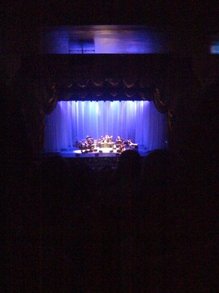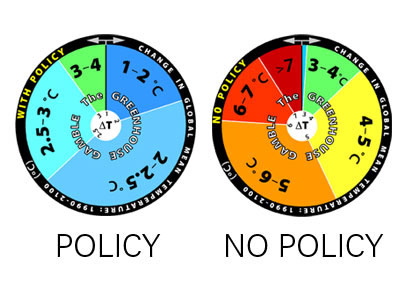When I studied urban planning in grad school, one of my strongest interests was in the ways buildings affect how people feel, as a result of both their individual appearances and of the way they’re massed around open space or on a street. Of course, to measure such things one must find ways to work around the inherent subjectivity involved. Fast Company, in an article titled “This is Your Brain on Architecture,” reports that neuroscientists and psychologists are finding ways to do just that. The results are quite interesting.
Among the things they’ve found are that factors such as ceiling height and room color affect the creativity, mood, and attention levels of their inhabitants in predictable and quantifiable ways. Apparently, we’re more creative in blue rooms and more detail-oriented in red ones, among other things.
It calls to mind a program developed by Chögyam Trungpa Rinpoche called Maitri Space Awareness, which places participants in rooms of varying shapes and colors and instructs them to adopt various postures so that they may observe the states of minds that are invoked in each one. That practice is based on the Vajrayana Buddhist teaching that five elemental wisdom “families” characterize mind and the phenomenal world.
At present, I believe the rooms exist only at Shambhala Mountain Center in Colorado and Dechen Choling in France, but it is possible to approximate the experience using colored classes, as demonstrated in this video:
Â
I’ve done the program both with the glasses and (in abbreviated sessions) in the actual rooms, and either way I highly recommend it. It’s one of the more fun meditation programs you’ll encounter, and I’m impressed at the degree to which it prefigures the work of these leading scientists.

